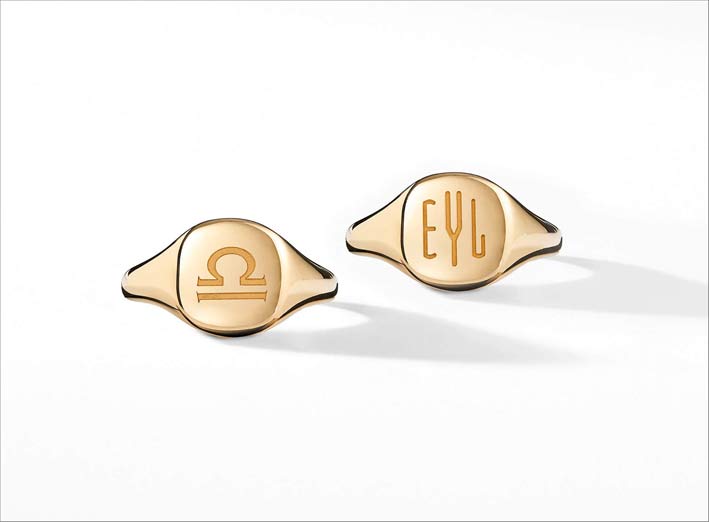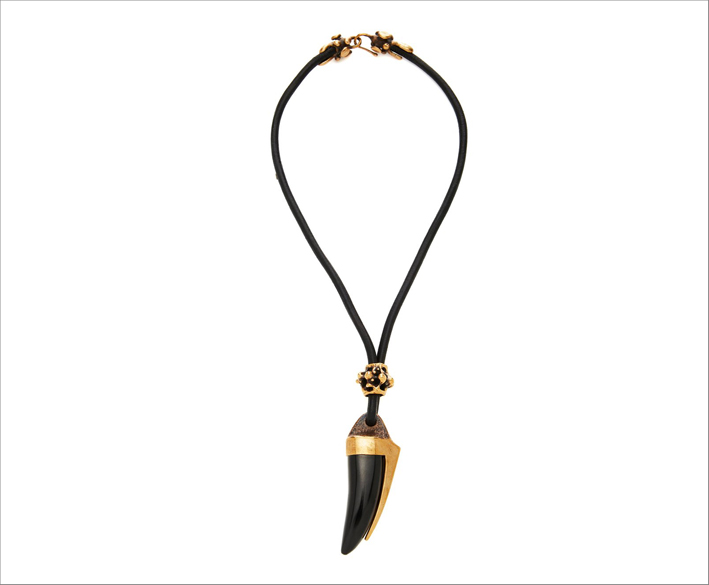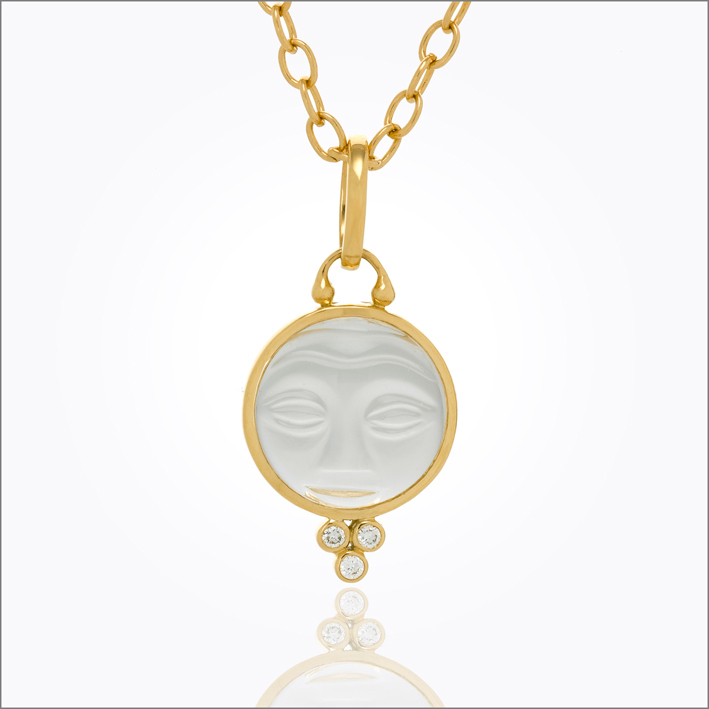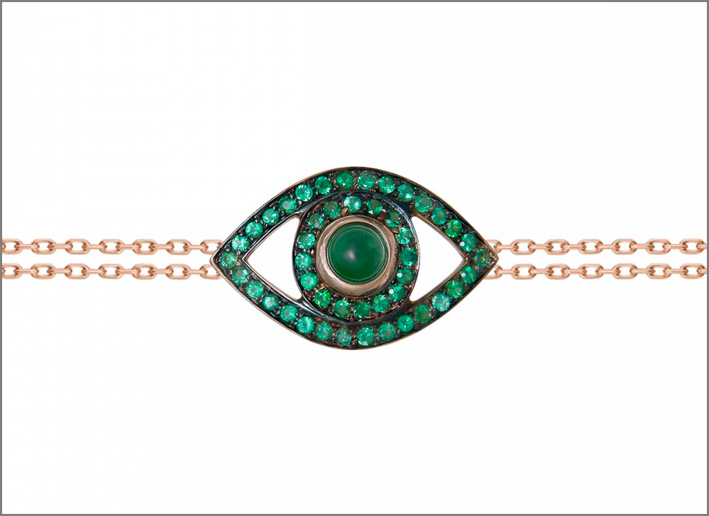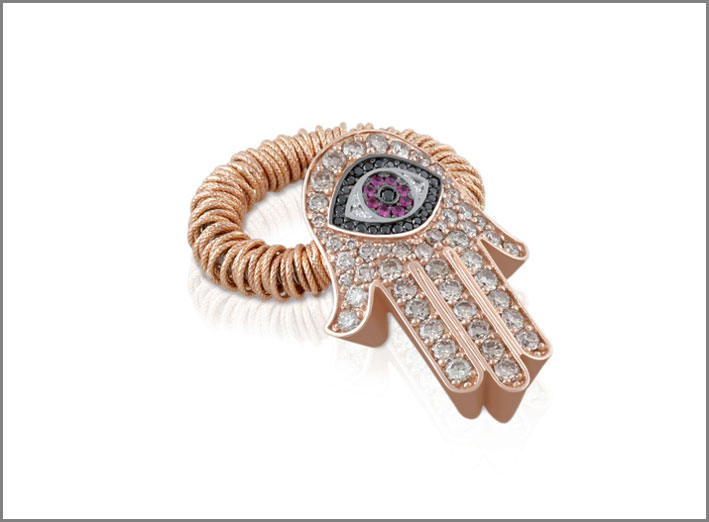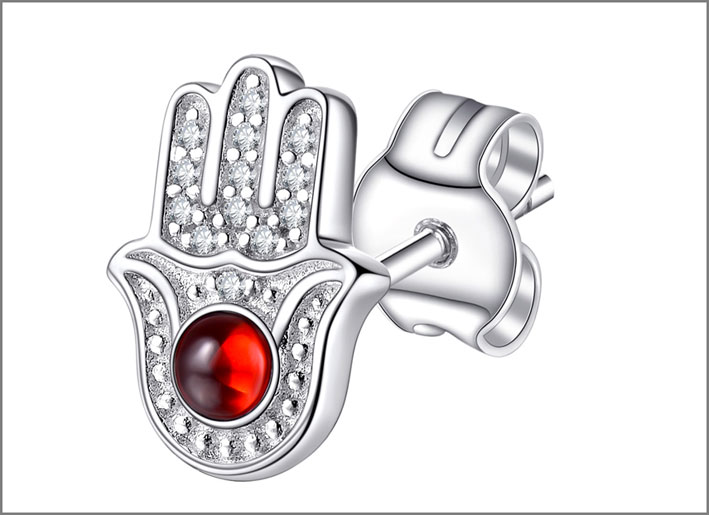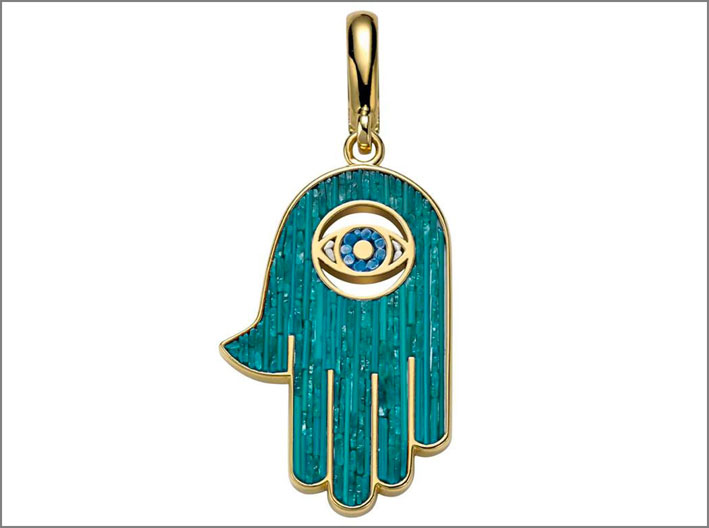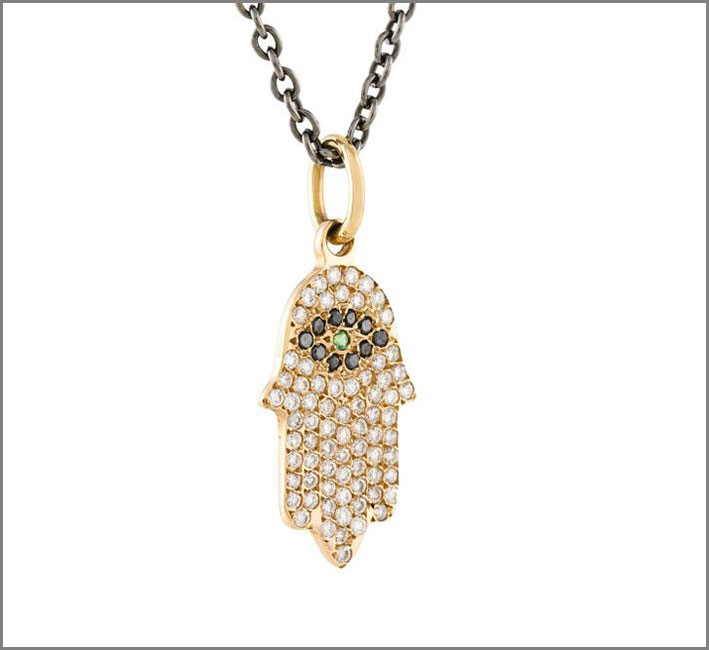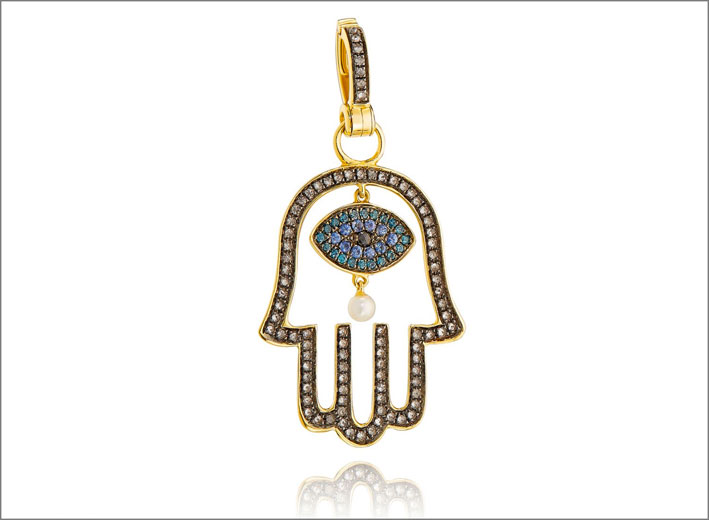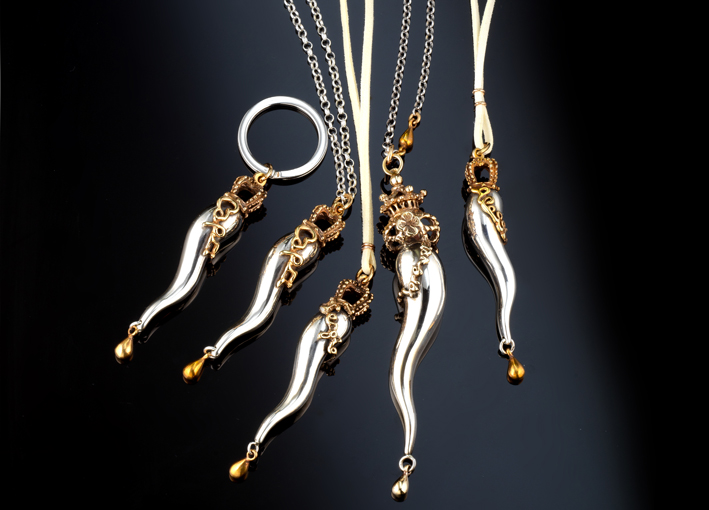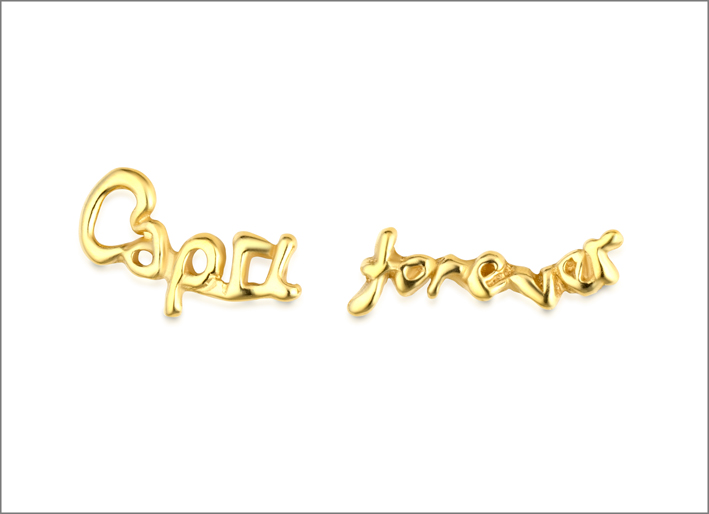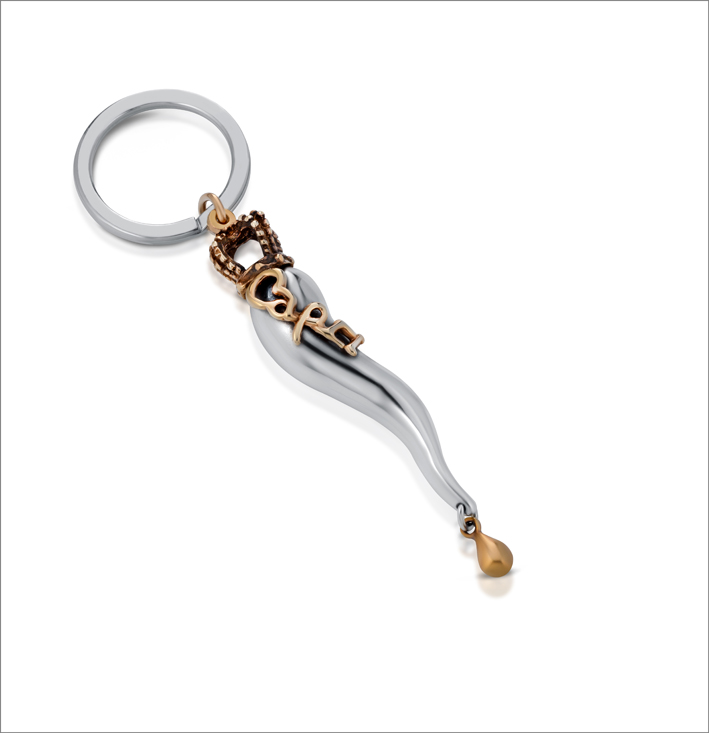The jewels in the shape of an amulet or talisman. But you can wear them even if you are not superstitious ♦
Did our primitive ancestors first make jewelry as an ornament, or as talismans and amulets? The answer will never be known. Certainly, however, the superstitious function of jewels is evidenced by archaeological findings. But this capacity is also reaffirmed, a few thousand years later, by those who think they will be lucky if they wear a necklace pendant that has an eye-shaped shape.

Because, in fact, magical jewels, which should avoid unfortunate events or, on the contrary, favor a good fortune, are still bought. Talisman jewels often have the shape of symbols, to which is attributed a value and a magical power of help and propitiation or protection. At the same time, the particular shape of a pendant should (for those who are convinced of it) propitiate lucky events, such as winning the lottery or winning love.
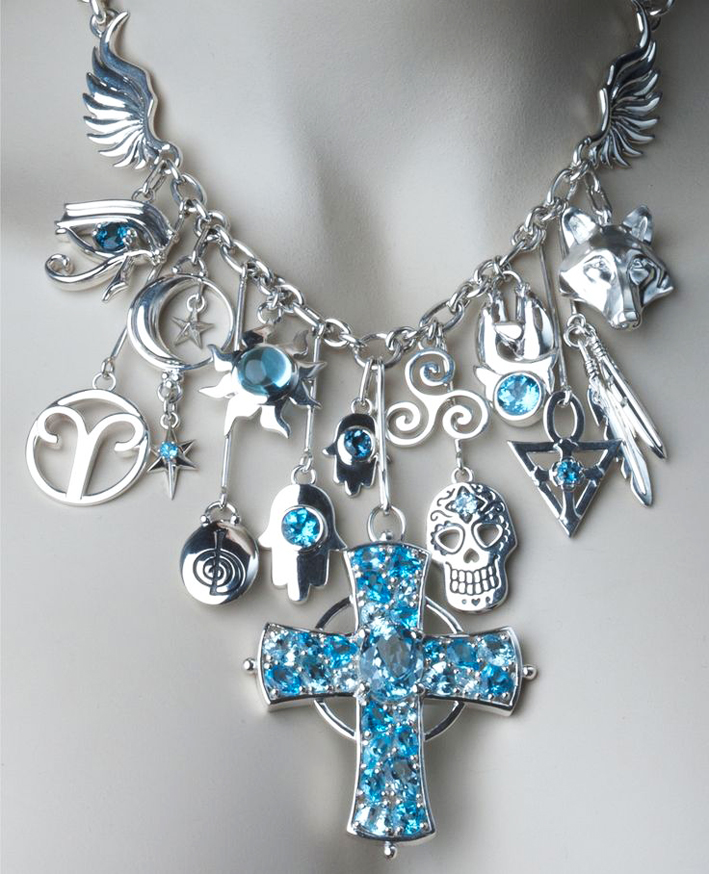
The difference. By the way, it is better to clarify the difference: usually talismans are equated with amulets. In reality they are objects created with two different functions. The amulets have (for those who believe in it) the ability to remove or cancel a magical evil influence. Talismans, instead, are objects that have the ability to make something positive happen. In short, an amulet should prevent negativity, while a talisman propitiate a positivity.

Talismans and amulets are objects that even today’s jewelers like, often offering jewels that have the function of an amulet or talisman as well as an ornament to wear. In fact, nothing prevents you from wearing a necklace or ring with superstitious symbols even if you don’t believe in those ancient superstitions. Here are some.
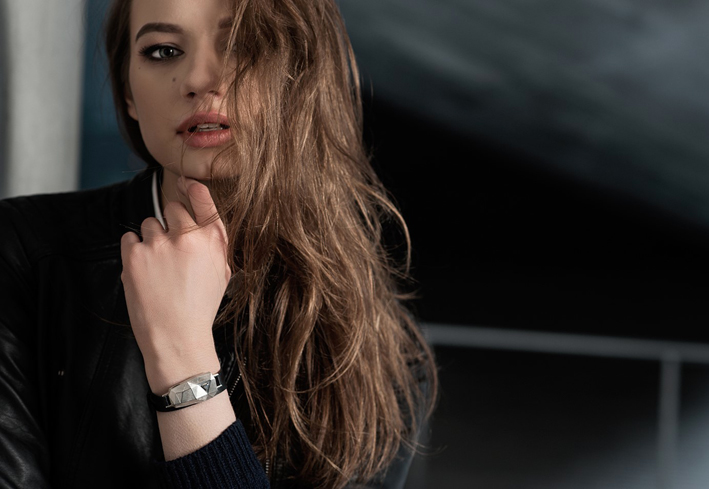
Eye of Allah. In Turkish it is called Nazar Bonjuk, while in English it is Evil Eye. It is one of the most famous amulets against the evil eye. It is widely used for bracelets, earrings and necklaces. Once upon a time, children were attached to their clothes with a safety pin. It is one of the most used symbols by jewelers.
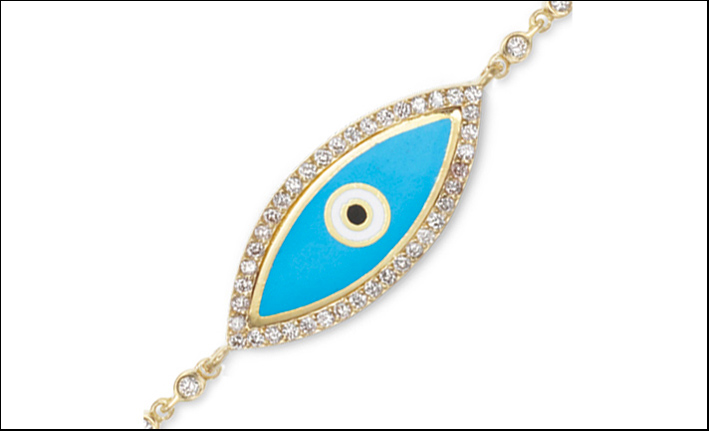
Hand of Fatima or Miriam. Also called Hamsa (which means five in the Arabic language) or Khamsa, it is an amulet shaped like a palm of a hand popular throughout the Middle East and North Africa, but now widespread also in the West, often used also to make jewelry or hang at home as good luck. For the Jews it is the hand of Miriam.
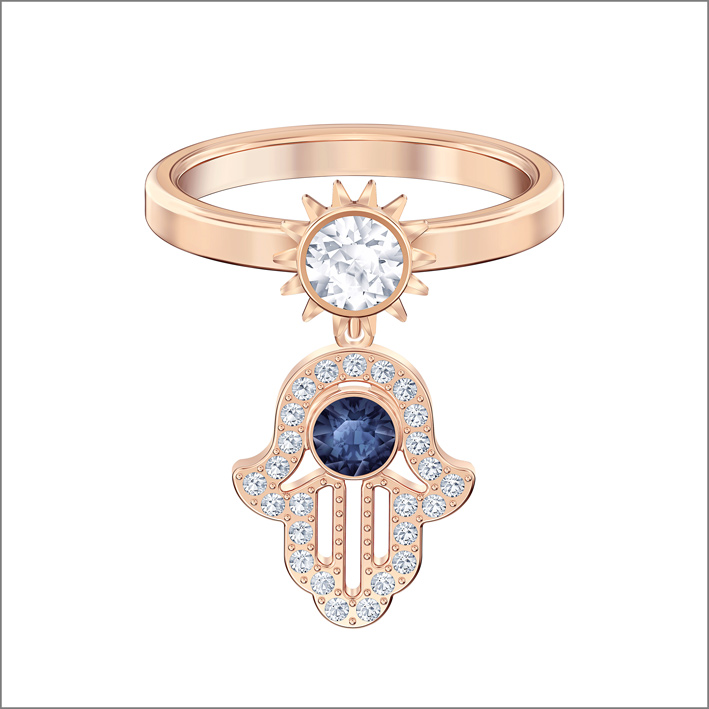
Horn. It is a widespread amulet in Italy, especially in the South, as a lucky charm. Made in coral, often with the addition of diamonds, it was also used as a model by the great Maison of jewelry.
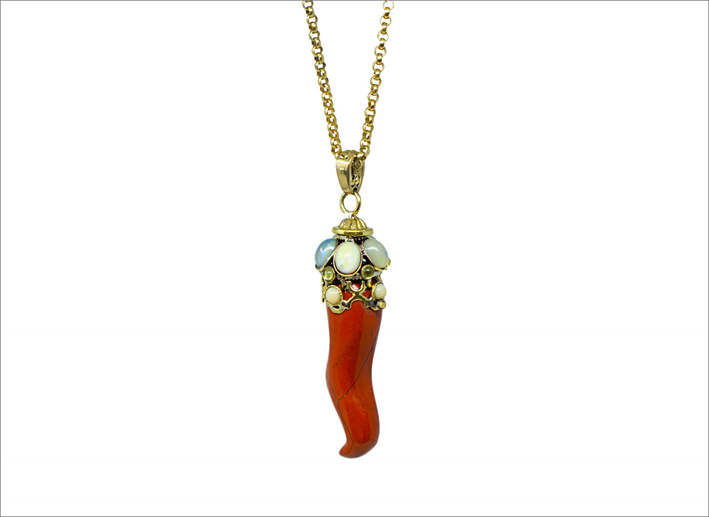
Skull. According to the different cultures, the symbol of the skull serves to inspire fear, remove the danger of death or protect it from danger.
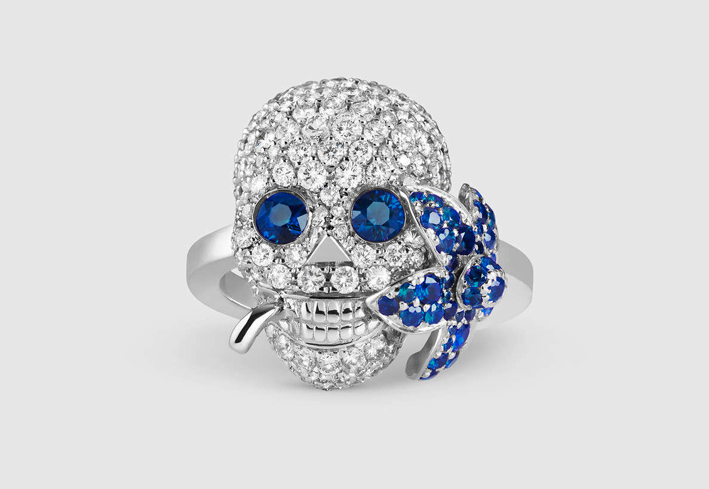
Crucifix. For those who follow the Christian religion it is the most important spiritual symbol. But even if some wear it to witness their belonging to the cult, others consider it an object capable of giving protection to the person. In short, a symbol with magical powers.
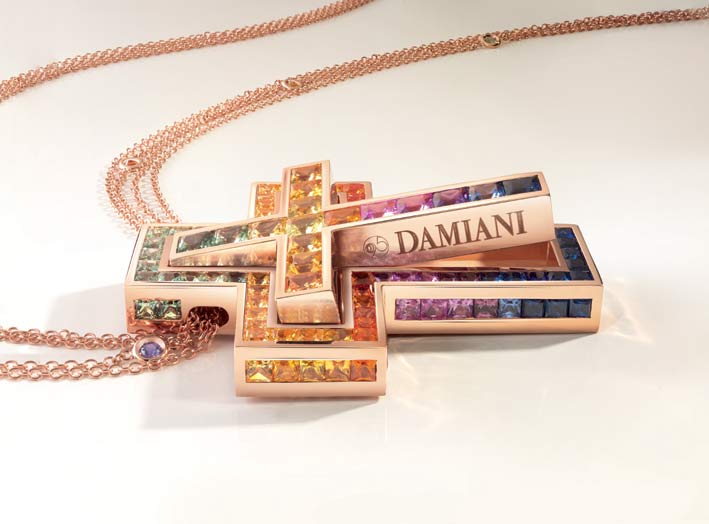
Zodiac signs. Libra, Leo, Sagittarius … Whoever wears the symbols of his zodiac sign not only wants to communicate his belonging to a certain period of the year, but he also expects a beneficial power.
